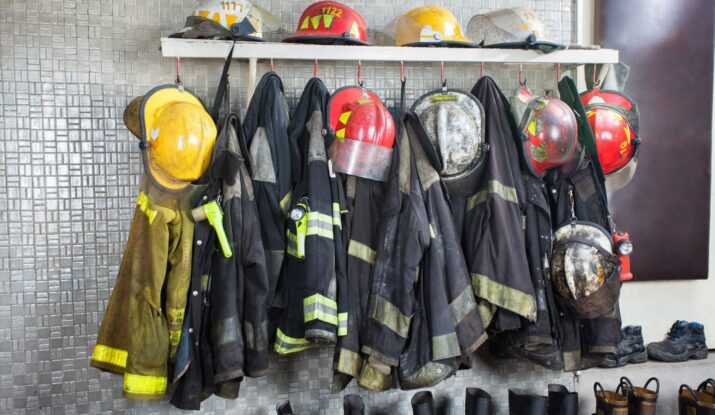What every fire damage restoration professional needs?
When it comes to fire damage restoration, having the right equipment is essential for professionals in the field.
From tackling soot and smoke residue to removing water and dehumidifying the affected areas, a professional fire damage restoration service relies on specialized tools and machines to restore properties efficiently. In this article, we will explore some of the must-have equipment that fire damage restoration professionals rely on to effectively and efficiently restore properties to their pre-fire condition. So, if you’re interested in learning more about the tools of the trade and how they can make a difference in the restoration process, keep reading!
Personal Protective Equipment
Safety glasses or goggles
Safety glasses or goggles are essential personal protective equipment (PPE) for fire damage restoration professionals. These eye protection devices effectively shield your eyes from hazardous substances, splashes, and debris that may be present during the restoration process. By wearing safety glasses or goggles, you can prevent eye injuries and ensure your vision remains unimpeded while carrying out your restoration tasks.
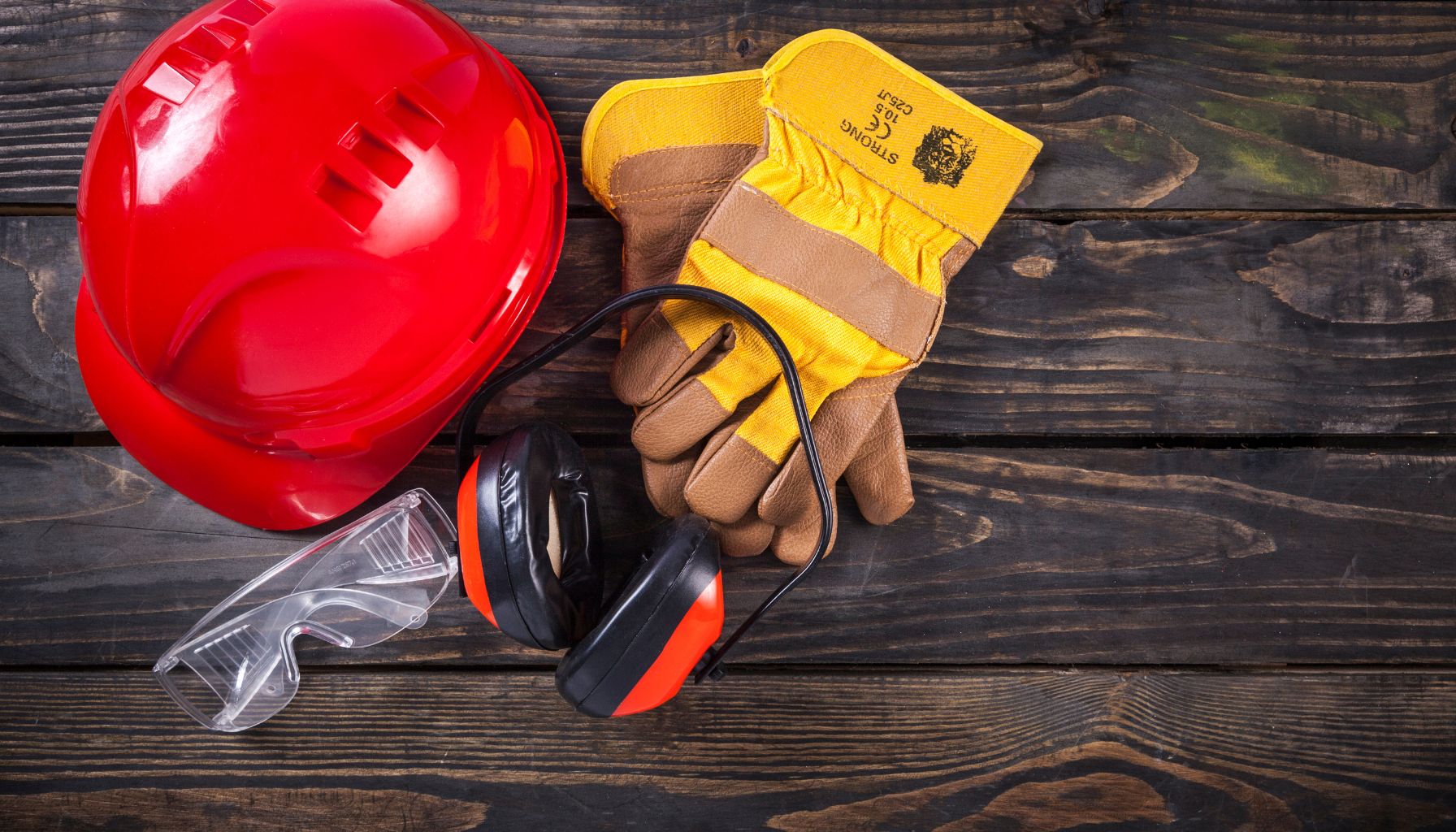
Respiratory masks or gear
Respiratory masks or gear play a crucial role in safeguarding your respiratory system from harmful airborne particles, smoke, and other contaminants that often arise during fire damage restoration. These masks provide a physical barrier and filter the air you breathe, minimizing the risk of respiratory illnesses and protecting your lungs from potentially hazardous substances. It is essential to choose respiratory masks or gear that meet the necessary safety standards and provide the appropriate level of respiratory protection for the tasks at hand.
Fire-resistant clothing
Fire-resistant clothing is a vital component of personal protective equipment for fire damage restoration professionals. This specialized clothing is designed to resist ignition and prevent the spread of flames, providing an added layer of protection against potential burns. By wearing fire-resistant clothing, you significantly reduce the risk of injury and increase overall safety during restoration activities where the presence of heat and flames is a concern.
Work boots and gloves
Work boots and gloves are essential PPE for fire damage restoration professionals, as they protect your feet and hands from various hazards present in the restoration environment. Work boots with slip-resistant soles offer stability on slippery surfaces, while gloves provide excellent hand protection against sharp objects, chemicals, and electrical hazards. Investing in durable and well-fitting work boots and gloves enhances your safety and minimizes the risk of accidents or injuries.
Helmets and hard hats
Helmets and hard hats are crucial protective gear for fire damage restoration professionals working in potentially hazardous environments. These head protection devices shield your head from falling objects, impact, and other potential injuries. Wearing a helmet or hard hat is essential to prevent head trauma and ensure your safety during restoration tasks that may involve overhead work or the risk of debris falling from above.
Air Scrubbers and Negative Air Machines
Particle removal efficiency
Air scrubbers and negative air machines are critical equipment in fire damage restoration, particularly when it comes to restoring air quality. These machines efficiently remove airborne particles, such as soot, ash, and other contaminants, ensuring a clean and safe environment. The particle removal efficiency of air scrubbers and negative air machines is measured by their ability to capture particles within a specific size range. Look for machines with high filtration capabilities to achieve optimal results during the restoration process.
Features and specifications
When selecting air scrubbers and negative air machines, it’s important to consider their features and specifications to ensure they meet your restoration requirements. Look for machines with adjustable airflow settings, as this allows you to customize the air circulation based on the specific needs of the restoration site. Additionally, consider the size and weight of the machines, as well as any additional filtration options they offer. Robust machines with high-quality filters and a range of features contribute to efficient restoration work.
Maintenance and cleaning
Proper maintenance and regular cleaning of air scrubbers and negative air machines are crucial for their optimal performance and longevity. This includes replacing filters as recommended by the manufacturer, keeping intake vents clean and free from debris, and cleaning any internal components as instructed in the machine’s user manual. By adhering to the recommended maintenance practices, you can ensure that your equipment operates at its best, providing effective air quality improvement throughout the fire damage restoration process.
Portable Fire Extinguishers
Classes of fire extinguishers
Fire extinguishers are indispensable tools for fire damage restoration professionals, enabling them to quickly and effectively suppress fires during the restoration process. Understanding the different classes of fire extinguishers is essential for selecting the right type based on the specific fire hazards you may encounter. The classes include Class A (for fires involving ordinary combustibles such as wood and paper), Class B (for flammable liquids and gases), Class C (for electrical fires), Class D (for combustible metals), and Class K (for kitchen fires involving cooking oils and fats).
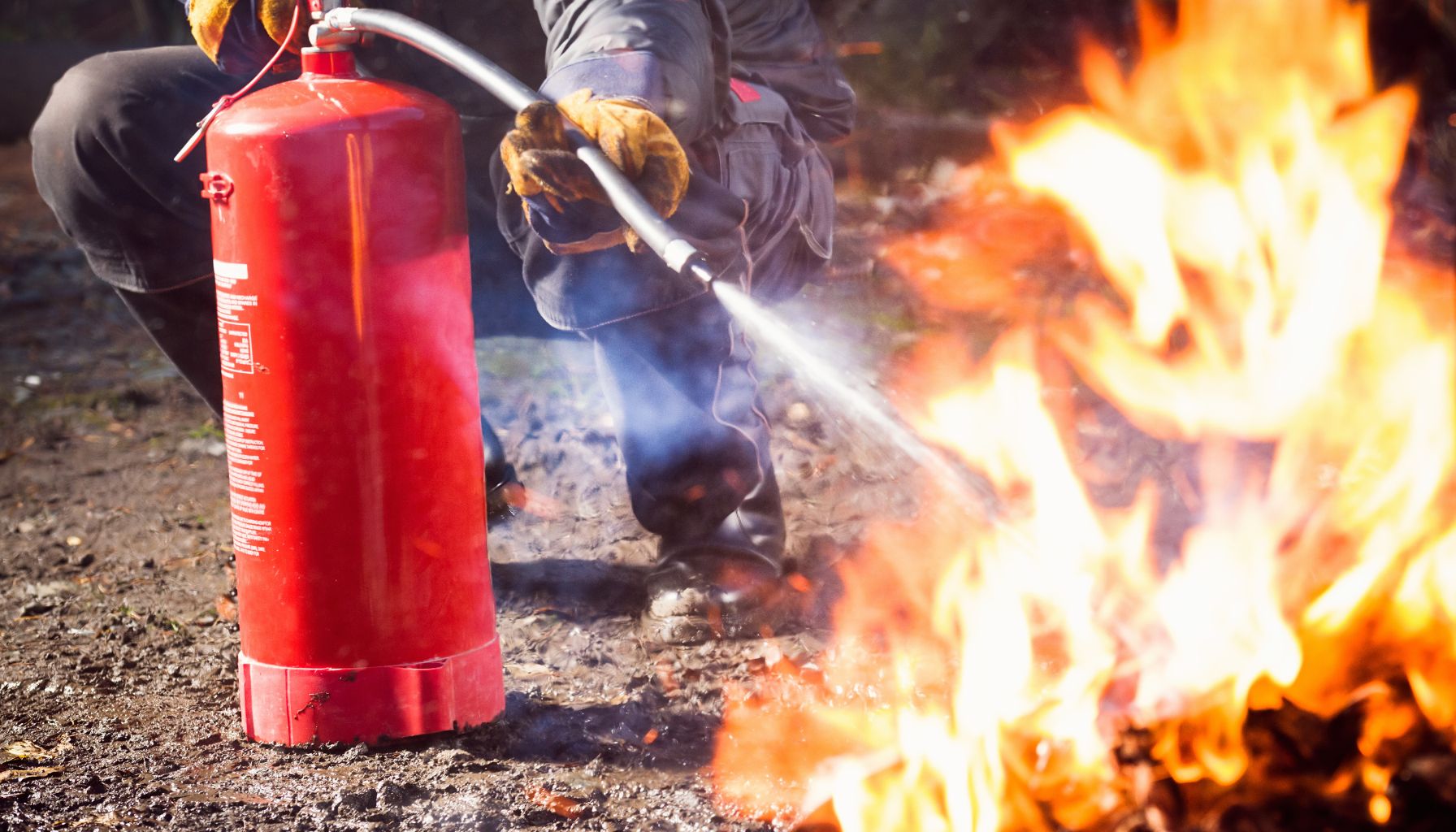
Understanding the rating system
Fire extinguishers are assigned ratings that indicate their effectiveness in controlling specific types of fires. The rating system consists of letters and numbers, with the letters corresponding to the class of fire the extinguisher is suitable for and the numbers representing the extinguishing power relative to other extinguishers in the same class. Understanding the rating system is crucial for choosing the most appropriate fire extinguisher to effectively combat fires encountered during the fire damage restoration process.
Maintenance and usage tips
Maintaining fire extinguishers in proper working condition ensures their reliability and effectiveness when needed. Regular inspections and maintenance checks are necessary to ensure that extinguishers are not damaged, the pressure is at the recommended level, and the safety seal and tamper indicator are intact. Additionally, fire damage restoration professionals should familiarize themselves with proper fire extinguisher usage techniques, including the PASS method (Pull the pin, Aim low, Squeeze the lever, and Sweep back and forth), to ensure safe and efficient fire suppression.
Hydroxyl Generators and Ozone Machines
The role of hydroxyl and ozone in restoration
Hydroxyl generators and ozone machines are commonly used in fire damage restoration to eliminate odors and improve air quality. Hydroxyl generators leverage advanced technology to produce hydroxyl radicals, which neutralize organic compounds responsible for odors. Ozone machines, on the other hand, produce ozone, a highly reactive gas that destroys odors and eliminates contaminants in the air. These machines play a crucial role in restoring indoor air quality and creating a clean and odor-free environment after a fire incident.
Advantages and disadvantages
Hydroxyl generators and ozone machines offer distinct advantages and disadvantages in fire damage restoration. Hydroxyl generators are safe to use in occupied spaces, as they do not produce harmful ozone gas. They are effective in neutralizing a wide range of odors, including smoke and soot, and they do not require evacuation during their operation. Ozone machines, while highly effective at eliminating odors, pose potential health risks if not used properly. Ozone is a respiratory irritant, and its use requires proper control and monitoring to ensure occupant safety.
Safety considerations
When using hydroxyl generators and ozone machines, fire damage restoration professionals must prioritize safety to prevent adverse health effects. It is crucial to follow manufacturer instructions and guidelines regarding machine placement, operating durations, and ozone concentration levels. Adequate ventilation is key to minimizing ozone exposure, and proper monitoring should be in place to ensure the levels remain within acceptable limits. By taking appropriate safety precautions, you can harness the power of hydroxyl generators and ozone machines while maintaining the well-being of both yourself and the occupants of the restored space.
Dewatering Equipment
Water pumps
Dewatering equipment, such as water pumps, is essential for fire damage restoration professionals to efficiently remove water from affected areas. These pumps come in various sizes and capacities, allowing you to handle different volumes of water. Submersible pumps are particularly useful for removing standing water, while powerful centrifugal pumps are ideal for pumping out large quantities of water. Choosing the right water pump for the job is crucial for effective water extraction and restoration.
Water extraction units
Water extraction units are versatile machines that are designed to extract water from carpets, upholstery, and other porous materials. These units utilize powerful suction to effectively remove moisture, helping to prevent further damage to the affected materials and mitigate the risk of mold growth. Water extraction units often feature built-in heaters and adjustable suction settings, allowing for optimal performance and flexibility in various restoration scenarios.
Specialized vacuums for soot and water
Soot and water can both present significant challenges during fire damage restoration. Specialized vacuums that are specifically designed to handle these substances can greatly enhance productivity and efficiency. Soot vacuums are equipped with high-efficiency particulate air (HEPA) filters that can capture fine particles of soot, preventing them from becoming airborne and causing further contamination. Water vacuums, on the other hand, are designed to handle large volumes of water, allowing for quick extraction and drying of wet surfaces.
Air Movers and Dehumidifiers
Types of air movers
Air movers are crucial for accelerating the drying process in fire damage restoration. These powerful fans create high-velocity airflow, promoting evaporation and moisture removal from affected surfaces. Axial air movers, with their focused and targeted airflow, are ideal for drying out specific areas, while centrifugal air movers are better suited for larger spaces. Having a combination of different types of air movers allows for efficient and comprehensive drying throughout the restoration site.
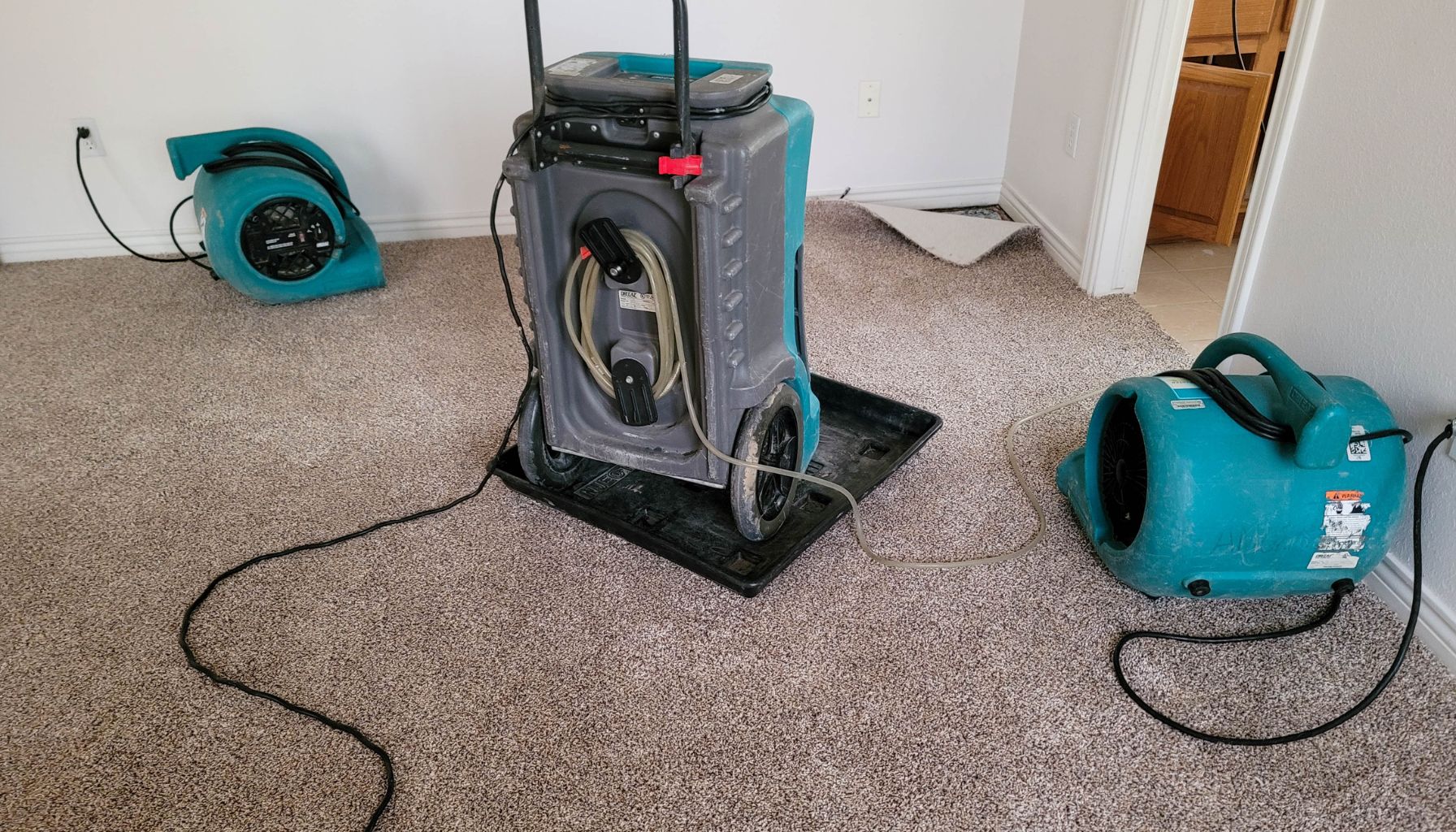
Understanding the importance of dehumidification
Dehumidifiers are essential equipment for fire damage restoration professionals, as they help remove excess moisture from the air and prevent condensation that can lead to further damage and mold growth. Desiccant dehumidifiers and refrigerant dehumidifiers are the two main types commonly used in restoration. Desiccant dehumidifiers are particularly effective in low-temperature environments, while refrigerant dehumidifiers excel in higher temperature conditions. It is essential to assess the specific needs of the restoration project to determine the appropriate dehumidification equipment.
Selection and positioning of equipment
Proper selection and positioning of air movers and dehumidifiers are key factors in achieving efficient drying during fire damage restoration. Positioning air movers strategically ensures maximum coverage and airflow across affected surfaces. Placing dehumidifiers strategically helps remove moisture from the air efficiently, preventing excessive humidity and allowing for faster drying times. Collaboration between air movers and dehumidifiers is vital, and their selection and placement should be based on the specific requirements of each restoration project.
Cleaning and Sanitizing Supplies
General purpose cleaners
General purpose cleaners are essential supplies for fire damage restoration professionals, as they are effective at removing dirt, soot, and other surface contaminants. These cleaners are designed to tackle a variety of materials and surfaces without leaving residue or causing damage. Look for general purpose cleaners that are safe to use on multiple surfaces and are effective in removing fire-related stains and debris, ensuring efficient and thorough cleaning during the restoration process.
High-efficiency particulate air (HEPA) vacuums
HEPA vacuums are valuable tools in fire damage restoration, as they are specially designed to capture and retain fine particles, including soot and other microscopic debris. These vacuums are equipped with HEPA filters that are capable of capturing particles as small as 0.3 microns, ensuring a high level of air quality and preventing the redistribution of contaminants. Using HEPA vacuums during the cleaning process helps minimize the risk of respiratory issues and maintains a cleaner and healthier environment.
Disinfectants and sanitizers
Disinfectants and sanitizers play a crucial role in the restoration process by eliminating potentially harmful bacteria and other microorganisms that may be present in fire-damaged areas. They help reduce the risk of disease transmission and ensure a safe and hygienic environment. When choosing disinfectants and sanitizers, opt for products that are effective against a wide range of pathogens and meet industry standards for safety and efficacy. Following proper application guidelines and contact times is essential to achieve optimal disinfection results.
Soot sponges and chemical sponges
Soot sponges and chemical sponges are effective tools for removing soot and smoke residue from various surfaces during fire damage restoration. Soot sponges, also known as dry cleaning soot sponges, are made of a specialized material that attracts and absorbs soot particles without smearing or spreading. Chemical sponges, on the other hand, are impregnated with a cleaning solution that aids in the removal of stubborn residues. Both types of sponges are highly efficient in restoring surfaces affected by soot and minimizing the risk of further contamination.
Soot Removal Tools
Dry cleaning soot sponges
Dry cleaning soot sponges, or soot erasers, are valuable tools in fire damage restoration for effectively removing dry soot and smoke residue. These sponges are made of a specialized rubber compound that attracts and absorbs soot particles when applied to affected surfaces. Dry cleaning soot sponges should be gently and evenly rubbed over the soot-damaged area, ensuring careful handling to prevent smearing or spreading the soot. These versatile tools are designed to leave surfaces clean and restore their original appearance.
Blasting tools and abrasives
Blasting tools and abrasives offer an effective method for removing heavy layers of soot and charred materials that cannot be cleaned using traditional methods. Sandblasting, soda blasting, or dry ice blasting can be used to dislodge and remove stubborn soot particles from various surfaces. These techniques involve the use of specialized equipment that delivers the abrasive material to the surface, effectively removing the soot and restoring the surface to its pre-fire condition. It is crucial to utilize the appropriate blasting tools and abrasives to avoid causing further damage to delicate surfaces.
Esporta Wash System
The Esporta Wash System is a state-of-the-art technology designed for the restoration of soft contents affected by fire damage. This system utilizes a unique hydraulic action that effectively removes contaminants from items such as clothing, bedding, and other fabric-based materials. The Esporta Wash System can handle a wide range of contaminants, including soot, smoke odor, and mold spores, ensuring a thorough and hygienic restoration of soft contents. This advanced technology provides fire damage restoration professionals with a reliable and efficient method for restoring valuable items.
Thermal Fogging Machines
The role of fogging in odor elimination
Thermal fogging is a highly effective method used by fire damage restoration professionals to eliminate stubborn odors caused by smoke and soot. This technique involves the use of thermal fogging machines that generate a fine fog composed of odor-neutralizing chemicals. The fog penetrates deep into porous surfaces, neutralizing and eliminating odors at their source. By employing thermal fogging machines, you can effectively combat persistent odors and create a fresh and clean environment after fire damage.
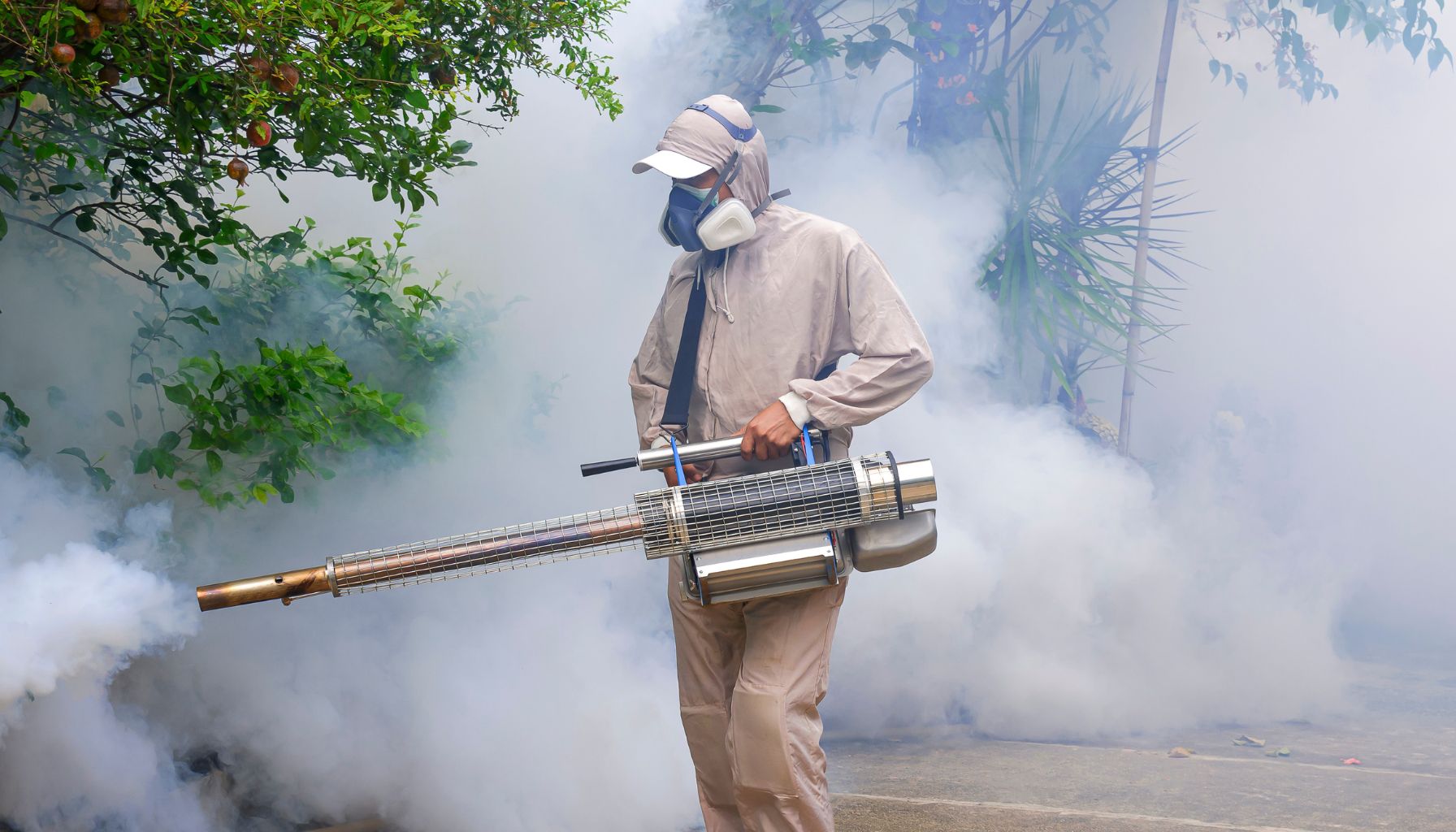
Types of fogging machines
There are different types of fogging machines available for fire damage restoration professionals, each with its own unique features and capabilities. Thermal fogging machines use heat to convert liquid deodorants into a fog, while cold fogging machines utilize high-pressure pumps to create a fine mist of deodorizing chemicals. The choice between thermal and cold fogging machines depends on factors like the type of odor, the size of the affected area, and the surface materials present. Selecting the appropriate fogging machine ensures efficient odor elimination during the restoration process.
Safety precautions
Safety is a top priority when using fogging machines, as the chemicals used in the process can be hazardous if not handled properly. It is essential to wear appropriate personal protective equipment, including respirators, gloves, and eye protection, to minimize the risk of exposure. Adequate ventilation is crucial to prevent the accumulation of fogging chemicals in enclosed spaces. Understanding the manufacturer’s instructions and guidelines for the specific fogging machine being used is paramount to ensure safe operation and effective odor elimination.
Moisture and Humidity Detection Instruments
Types of moisture detectors
Moisture detectors are essential tools for fire damage restoration professionals to assess the extent of water damage and monitor the progress of drying efforts. There are various types of moisture detectors available, including moisture meters, moisture sensors, and infrared cameras. Moisture meters provide quantitative readings of moisture content in materials, while moisture sensors detect moisture presence without necessarily providing exact measurements. Infrared cameras, on the other hand, allow for non-contact moisture detection by capturing thermal images that reveal moisture patterns.
Infrared cameras
Infrared cameras are valuable instruments in fire damage restoration that can aid in identifying moisture sources and potential water damage hidden beneath surfaces. These cameras detect temperature differences resulting from moisture intrusion, allowing professionals to pinpoint areas with elevated moisture levels. Infrared cameras provide visual evidence and help guide the restoration process by highlighting areas that require further investigation or additional drying. Utilizing infrared cameras in conjunction with other moisture detection instruments enhances the accuracy and efficiency of moisture assessment in fire-damaged properties.
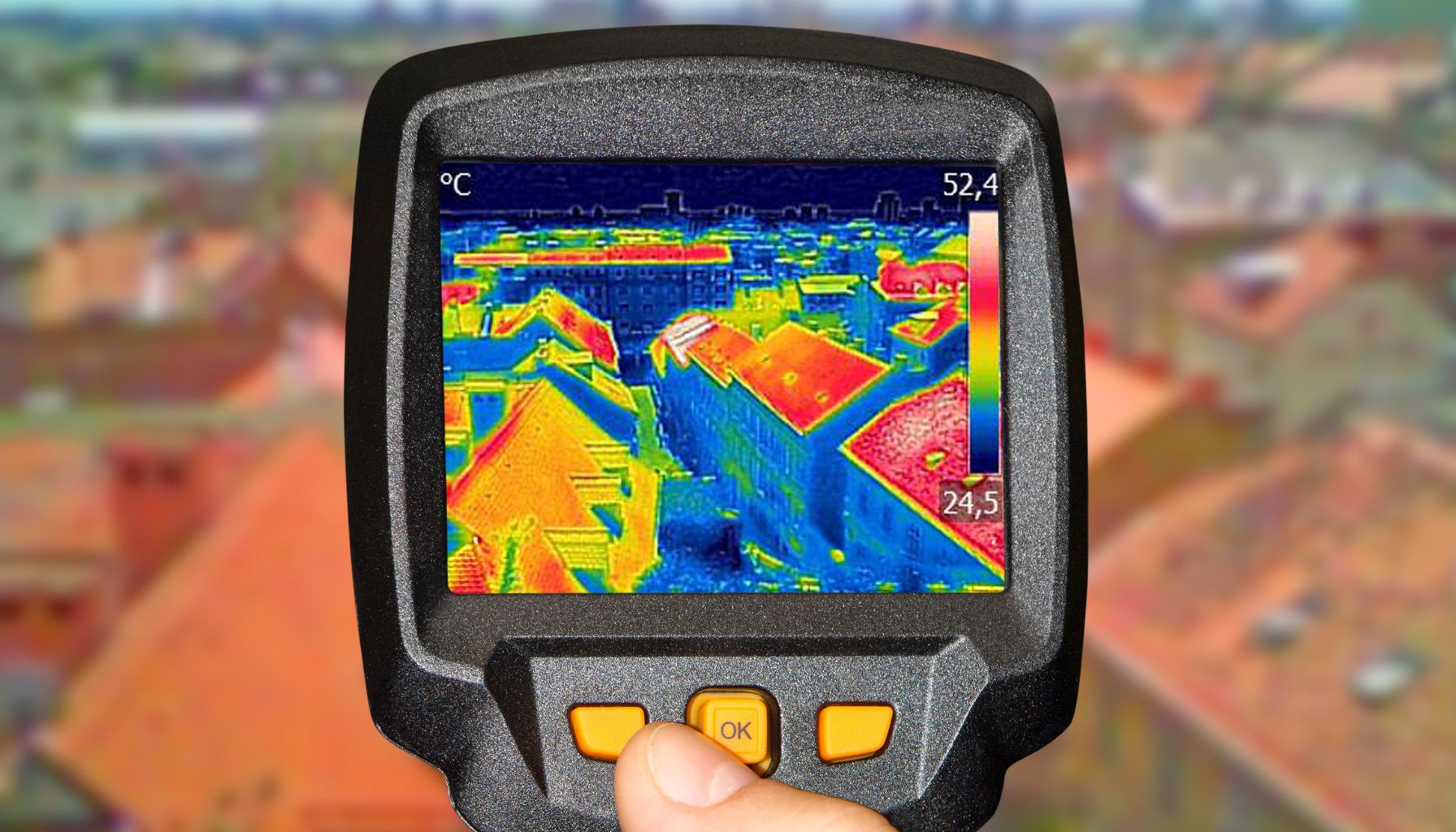
Thermal hygrometers
Thermal hygrometers are instruments used to measure ambient temperature and relative humidity, providing valuable data for assessing the moisture content in the air and determining if appropriate drying conditions are being maintained. These devices are portable and easy to use, making them ideal for monitoring humidity levels throughout the fire damage restoration process. By regularly measuring and adjusting relative humidity levels in affected spaces, professionals can optimize the drying process and prevent the growth of mold and other moisture-related issues.
Monitoring and inspection techniques
Proper monitoring and inspection techniques are vital components of successful fire damage restoration projects. Regularly using moisture and humidity detection instruments allows professionals to track the progress of drying efforts and ensure that all affected areas are thoroughly addressed. Monitoring should be conducted at different stages of the restoration process, starting from the initial assessment and continuing throughout the drying and restoration phases. By adhering to comprehensive monitoring and inspection practices, fire damage restoration professionals can achieve effective water damage restoration and mitigate potential risks.
Contact PureOne Services Now
Disclaimer: All PureOne Services locations do not hold all of these listed certifications.



